Start Getting More Done, Effortlessly
Sign up to get started now:
By signing up you agree to our terms & conditions. You will receive email messages from us and you can unsubscribe any time. Privacy policy.
NUMBER ONE CAUSE OF FOUNDATION FAILURE IN NORTH TEXAS!
![clogged-drain[1]](https://repairfoundations.com/wp-content/uploads/2017/12/clogged-drain1.jpg)
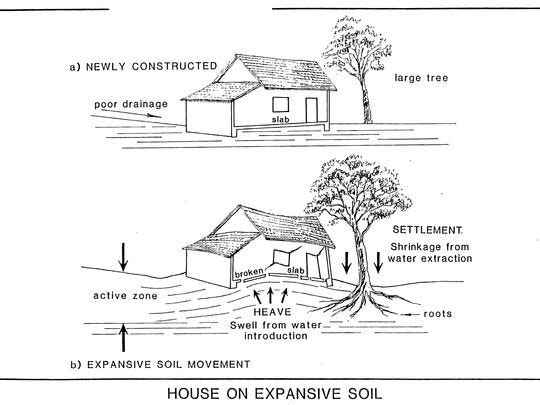
![poor-yard-drainage-system-lg[1]](https://repairfoundations.com/wp-content/uploads/2017/12/poor-yard-drainage-system-lg1.jpg)
Prevent Foundation Damage with Proper Drainage in Expansive Soil Areas
In regions like North Texas, expansive soils such as clay pose a significant risk to foundation stability. These soils change volume when moisture levels change, swelling when wet and shrinking during dry conditions. This constant fluctuation creates pressure on foundations, leading to cracks, settling, and structural damage. Proper drainage management is essential to minimize the damaging effects of soil movement.
How Bad Drainage Affects Foundations
Poor drainage is a major contributor to foundation problems. When water accumulates around the foundation due to inadequate drainage, it saturates the expansive soil, causing it to swell. This swelling exerts upward pressure on the foundation, potentially causing cracking sheetrock or shifting doors and windows. Conversely, during dry spells, improper drainage causes the soil to shrink unevenly, leading to foundation settling. This unstable moisture environment heightens the risk of foundation damage.
Why General Contractors May Not Be Enough
Many landscapers and drainage companies lack the expertise required to address the specific challenges of expansive soils. While they can handle basic drainage work, they may not fully understand how soil movement impacts foundation integrity. In high-risk areas like North Texas. This lack of specialized knowledge can result in inadequate solutions and increased foundation problems.
Why Consult a Foundation Repair Specialist?
To protect your property from costly foundation damage, it's essential to consult with an experienced foundation repair consultant. A foundation expert understands how expansive soils affect foundations and can recommend effective drainage strategies tailored to your property's unique needs. This proactive approach can save you from expensive repairs down the road.
Expert Foundation Repair Consulting
As a foundation repair consultant with over 40 years of experience, I offer specialized guidance to homeowners and property managers dealing with expansive soils. My services include evaluating your foundation's needs, recommending effective drainage solutions, and helping you avoid costly repairs. My fee is fair, and if I don’t provide helpful information, there’s no charge.
Contact Me for Expert Foundation Advice
If you're dealing with foundation issues or want to prevent future problems, contact me today:
I’m not a contractor—I’m a foundation repair consultant committed to helping you find the right solutions at the right price.
For a fixed fee, I offer a comprehensive foundation and drainage inspection, providing a detailed written report outlining my findings. I will explain the cause of any foundation movement, potential future issues, and present clear options to stop, prevent, and reverse damage. My report will include visual illustrations to help you understand the problem. With my fixed fee structure, I have no financial incentive other than to recommend the best solution for your home. Learn how poor drainage is a leading cause of foundation damage and how proper drainage can prevent, stop, and even reverse foundation problems.
Proper foundation drainage can stop and reverse most foundation issues.
Due to the design of residential foundations in areas of expansive soils, such as North Texas, foundations seldom settle to the point of needing piers.
Modern foundations, Slab or pier and beam, consist of concrete poured into dry ground.
Concrete should never be poured in wet soil, as it delays the curing process. Dry soil is crucial, as it shrinks when it dries and swells when moisture is added. Depending on the season, the soil may be compacted due to dry periods or droughts.
If concrete is poured on dry, contracted expansive soil, the soil will swell when exposed to moisture, which can lead to foundation movement and upheaval.
In summary, pouring concrete on dry, contracted soil increases the risk of foundation issues, particularly upheaval, when moisture is added later.
The terrain in our area is also hilly, causing homesite pads to often be cut down on the high side and raised on the low side to achieve a somewhat level field on which to build the house.
While the lot becomes somewhat level, the hill still exists, often allowing water to stand on the high side of the house and run off on the low side..
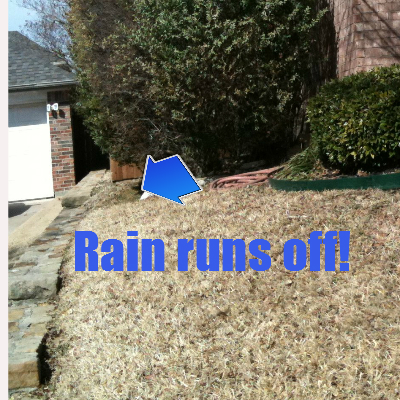
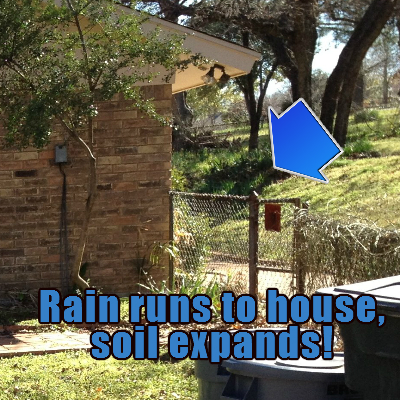
Modern foundations built in North Texas are generally monolithic as shown here.

This would be a good time to mention that moisture travels by capillary or wicking action in our clay soil. Water standing next to a home may be pulled down, up, and under our residential foundations. The moisture in the soil travels much as it would with a paper towel. The dry soil takes moisture from the wet soil and in the case of the soil it expands as it receives the moisture. When this happens unevenly around a structure the foundation twist causing the building materials of the house to react much the way a jigsaw puzzle would react to its support flexing... It starts to come apart.
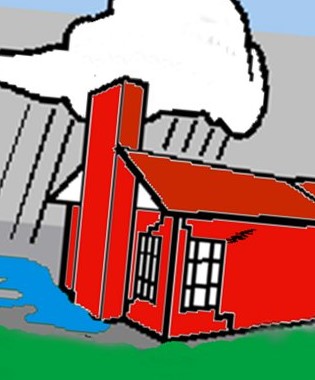
As the moisture is drawn into the clay soils. The soils will expand in volume, much like a wet sponge, and will often cause areas of the exterior footing/foundation and/or slab itself to be lifted above original grade, while the remainder of the foundation stays at or near original grade.
This can and does also happen with incoming or outgoing plumbing leaks. When water, drainage, plumbing, or other moisture causes soils to swell around or under a foundation, something is going to twist. When ridged objects such as Sheetrock, hard floor covering, bricks or concrete floors twist something has to give. Some of the causes and effects are shown below.

Above are just a few of the very obvious ways for water to enter the soil under and around your home. The moisture is pulled or wicked the same way that liquid is pulled by a paper towel. The difference is the soil swells, moving anything setting in or on it.
Richard Rash, Foundation and Drainage Consultant can help! Call/text 817-308-8186
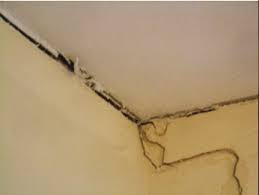
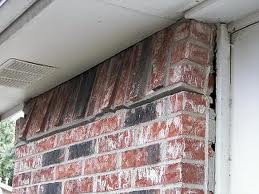
Above are a few signs of damage that are the result of upheaval. All can be stopped and reversed with proper foundation drainage and no piers.
I can show you how.
What about piers?
I will explain if you need them, why you need them, where you need them, how many you need, and explain the different types of piers. Read on to find out who I am and why I can help.
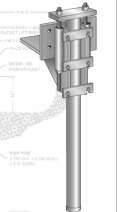
Galvanized steel piers
![helical-pier-installation-lg[1]](https://repairfoundations.com/wp-content/uploads/2025/03/helical-pier-installation-lg1.jpg)
Helical pier

Concrete pushed pier.
Most foundation repair companies, their commissioned salespeople and many of their so called "independent" engineers depend on the sale of piers to exist. There is much money to be made in piering homes and other buildings and structures. It is to their benefit to sell as many piers as possible at the highest price possible.
In my nearly forty years in the foundation business I have seen the the warranties go from three years to lifetime without seeing any appreciable improvement in the piers or the percentage of successful repairs. What I have seen is a very obvious increase in unhappy customers because the piers don't stop the problems and because the warranties are written to protect the contractors from lawsuits and even BBB complaints. The facts are: proper foundation drainage can stop and reverse many foundation issues!
What have you got to lose?
Contact Richard Rash, Foundation Repair Consultant. Call or text
817-308-8186
email: richardrashinc@tx.rr.com

Ceiling damage from upheaval